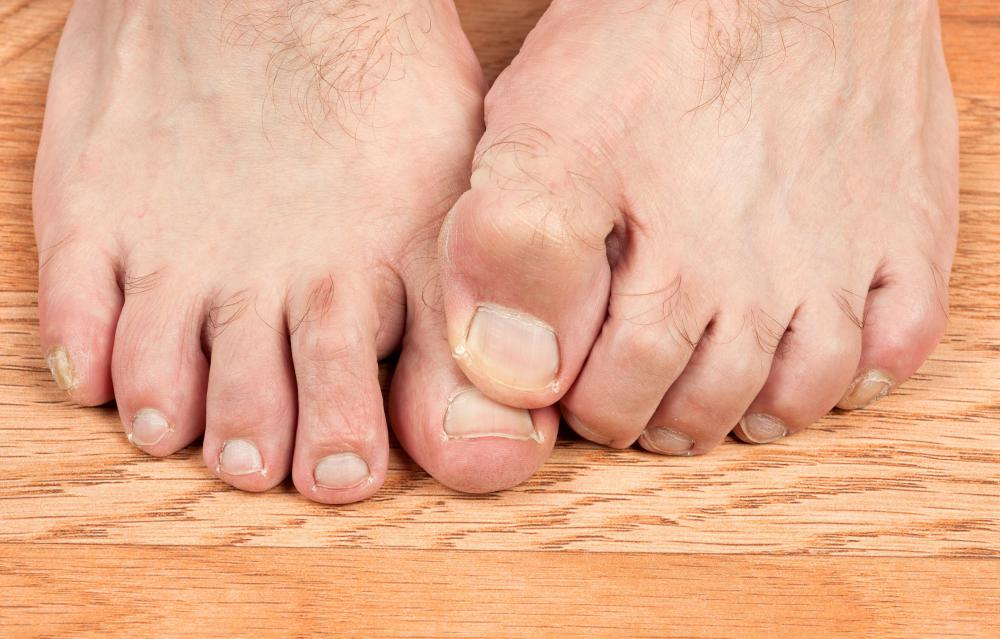At WiseGEEK, we're committed to delivering accurate, trustworthy information. Our expert-authored content is rigorously fact-checked and sourced from credible authorities. Discover how we uphold the highest standards in providing you with reliable knowledge.
What is Barefoot Training?
Barefoot training is the practice of training for a sport, often running, without wearing shoes. The typical athletic shoe provides a great deal of padding and support, and insulates the foot from feeling the full effects of possibly harmful movements. Advocates of the barefoot method claim, however, that it actually prevents injury because the athlete is more alert to signals from his or her own body; proponents also maintain that it strengthens muscles that are underutilized while wearing shoes. It's recommended that those who wish to try this method transition gradually. Although there have been a few studies that support the practice of barefoot training, many other experts remain unconvinced.
Many advocates of the barefoot training method insist that modern athletic shoes are an extremely recent invention and that humans actually evolved to run with bare feet. They claim that the cushioning in athletic shoes is excessive and prevents the body from feeling the full effects, like pain and discomfort, of certain movements that could actually cause injury. The rigid structure of the shoes is also blamed for preventing the foot from moving and flexing the way it should, which can cause certain muscles to weaken, thereby making them more vulnerable to injuries like sprains and strains.

In contrast, barefoot training allows the athlete to feel the pain signals from the body in response to certain motions, such as the common practice of striking the ground heel first. The athlete is then able to adjust movements to more natural, gentle motions that are less likely to cause injury, such as striking the ground with the front of the foot. The front of the foot is more able to flex and absorb impact, thereby protecting the body from the jarring force that is common when the heel hits first. By going barefoot, the athlete is also able to experience the full range of motion of the foot, strengthening muscles that are seldom used when shoes are worn.

For many athletes, the transition to barefoot training needs to be accomplished gradually. Bodies need to adjust to a different way of moving, and the muscles need time to strengthen without being overstressed. There are several studies that support the practice; results tend to show that athletes experience far fewer harmful affects and strike the ground with less force when running barefoot as compared to wearing shoes. These studies seem to indicate that the practice of barefoot training is beneficial. Other fitness experts remain skeptical, and say that the lack of protective shoes actually can leave athletes exposed to a greater risk of injury.
AS FEATURED ON:
AS FEATURED ON:













Discuss this Article
Post your comments